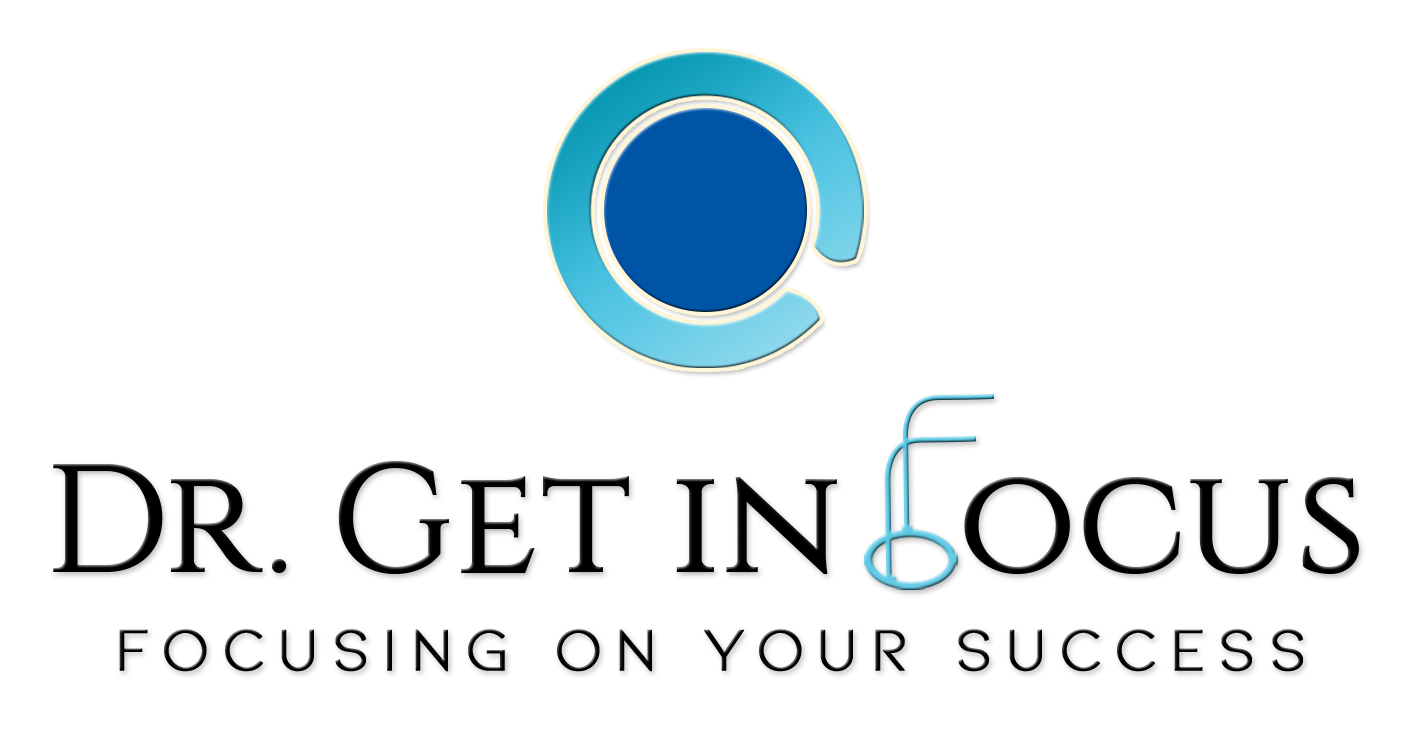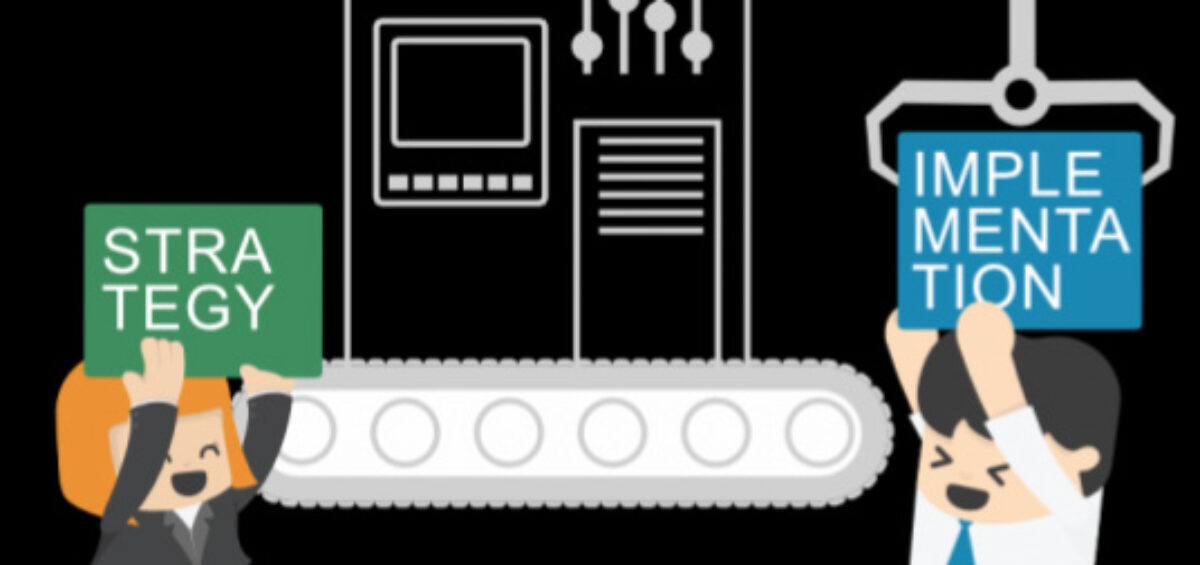Context Purpose Results: Implementing Be, Do, Have for your business
One of the most common tools to use in coaching is the Be Do Have paradigm. This paradigm has been used by coaches such as Steven Covey and Anthony Robbins. It is taught in several different modalities in training people for success. The origin of it quite surprisingly is L. Ron Hubbard in his book, The Fundamentals of Thought published in the early 1950s. I have been told that the paradigm is actually based in the Tao Te Ching, but I have not investigated this myself. What I can say is that its source is secondary to whether or not it valuable as an aid for being, doing, having what you want in life. Some say that you should work this system where you first figure out who you want to be, what that person would do, and then what he/she would have from doing that. Others swear that you should look at what you are doing, and who is someone who does that and then what you have from doing that. Others feel that you look at what you want, how you go about doing that, and then what kind of person would do that. Ultimately, I find that the order you work the three is secondary to having the Be, Do, and Have in alignment with each other. Several years ago, I was in an organization now known as Mentor, Discover, Inspire, and learned a tool called a CPR, which stands for Context Rurpose Results. A CPR is a quick and dirty method of aligning the intended results, the purpose, and the beingness required to do the actions to attain the results; Be, Do, and Have can be directly mapped to context purpose results Context = Be Purpose = Do Results = Have Now, we will delineate each one oContext Purpose Results
Generally, when you are starting a project, you have some idea of what your results should be, so results is where you want to start. You may have heard the acronym, SMART, which stands for Specific, Measurable, Attainable, Realistic, and Timely. “To increase revenue” is not a SMART result. “To increase revenue from the servicing unit 50% by Dec 31,” is a SMART result as it is specific, measurable, attainable, realistic, and timely. There will probably be more than one result that you want to attain from the project, so write down all of them, and if they are not SMART, make them SMART. One of the results can be a purely selfish result, such as “At the end of the project on Jun 1, I get a 20% pay raise.”Context Purpose Results
The next step in writing your CPR is to determine the purpose of the activity, which is why you are doing the activity. The purpose can be broken down into four different parts; -The immediate action to take. -The supporting action. -The short-term direction. -The long-term direction. Here is an example: To establish our presence social media by developing a fan page on Facebook, so that we have better reach to our prospects and with that become “the example” of an internet marketing business. The TO is the immediate action; the BY is the supporting action; the SO THAT the short-term direction; the AND WITH THAT the long-term direction.Context Purpose Results
Context is where one is coming from; it is who one is being that does the purpose and has the results. When a project is not getting the results, the leader should look at the context and check to see if he or she is being that context. The context is always a being; it is never a doing or never a having. In my current project of coaching and consulting, my context is Vince Lombardi. Lombardi was a strong/tough person who believed that winning was the only thing. I love the people who I am coaching and consulting, but I am also strict and demanding. If I tell them to do something, I expect them to get it done, and I only give them tasks that will enable them to be winners. Once you have established your context purpose results, the next thing to do is make sure that they align with each other so that the Have is generated by the being and doing. VERY IMPORTANT!!!!! We all have our blind spots, but we all may have different blind spots. Once you believe you have the CPR in full alignment, you are going to want to show it to someone else, not on your team or involved with the project, who understands this technology so they can look at it with their eyes and see if you missed anything. Getting this feedback makes this technology very powerful. I can help you to review this: Click Here Example of a CPR: You can CPR any activity. Here is an example of a CPR I wrote regarding making myself a sandwich for lunch: Results: – The sandwich tasted good – The sandwich contained less than 200 calories – The sandwich had only 10grams of carbs – The sandwich contained protein and a vegetable – I am satisfied and no longer hungry after eating the sandwich Purpose: To make lunch by building a sandwich that is healthy so that I can concentrate on my capstone project and with that presence the world with my ideas. Context: World’s Greatest Sandwich Chef. To summarize, Context Purpose Results (CPR) is an excellent quick and dirty planning tool to help delineate, beingness, purpose, actions, and results to fulfill any project or activity. To find out more about me, click here
